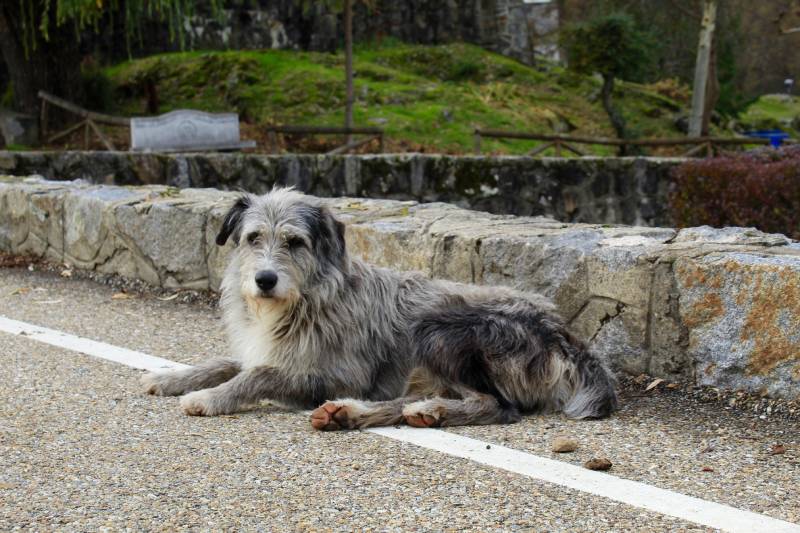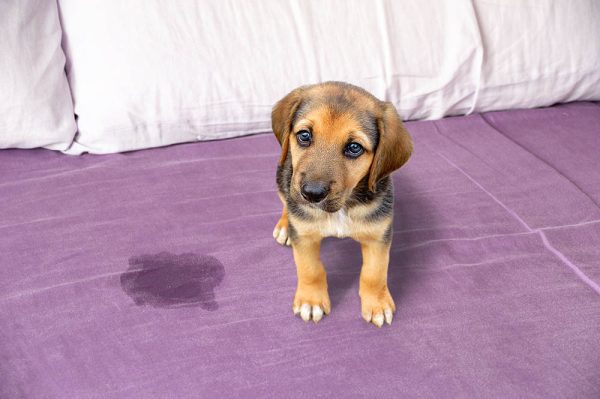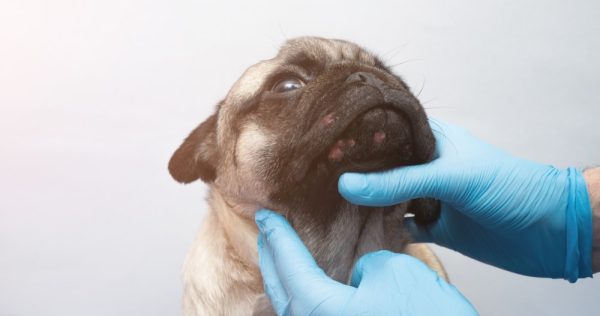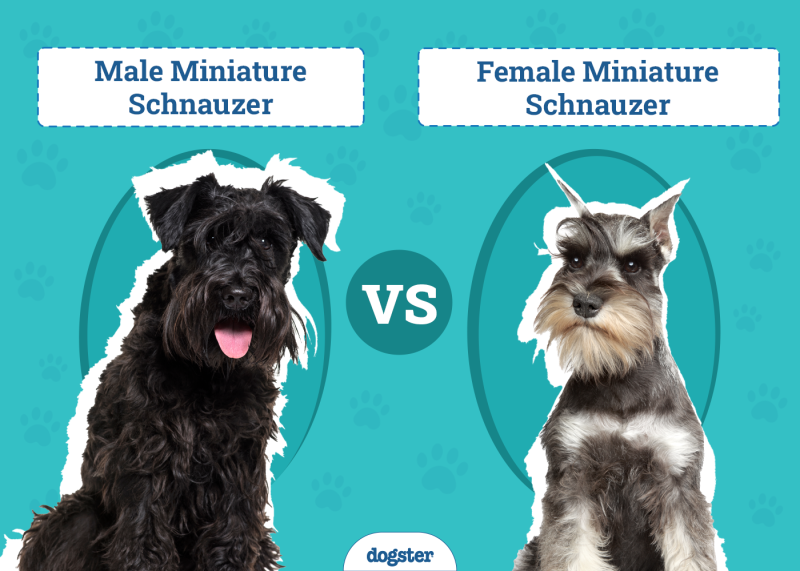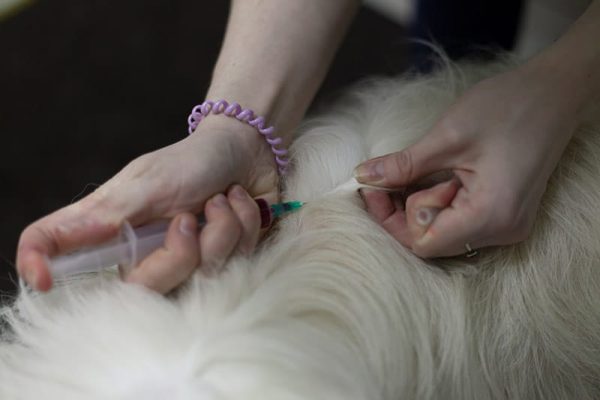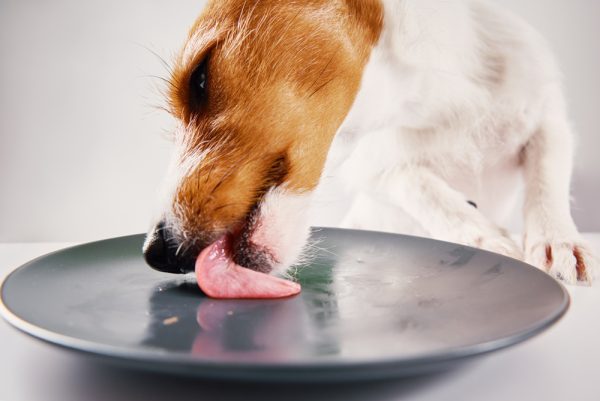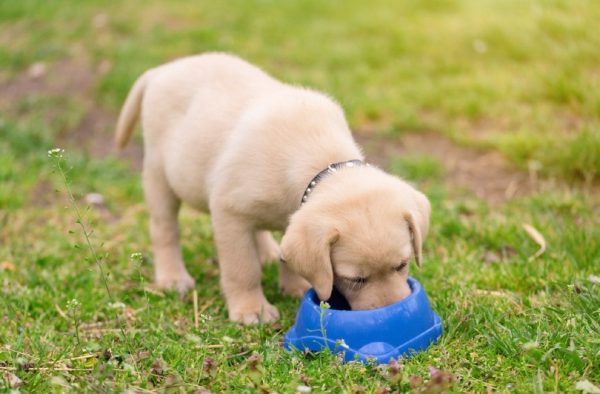Some dogs spend their entire lives outside. In some circumstances, there’s very little that most people can do about it, and many people don’t consider this abuse or neglect of any kind as long as they have food, water, and shelter from the elements.
However, if you could make an outside dog an inside dog, they would certainly appreciate you, especially during rain or cold weather events. But is the transition pretty difficult? What exactly is it like when a canine transitions from outdoor to indoor living?
In this article, we’re going to go over a few things to expect in this situation so that you can have the right expectations starting.

The 10 Tips for Making an Outside Dog an Inside Dog
1. Remember That an Old Dog Can Learn New Tricks
An old dog certainly has the capability of learning new tricks, so don’t listen to old wives’ tales.
Dogs can learn various things that would help them acclimate to indoor living. You might even have a few things working in your favor. Just keep in mind that dogs can learn anything you want to teach them with time and patience.
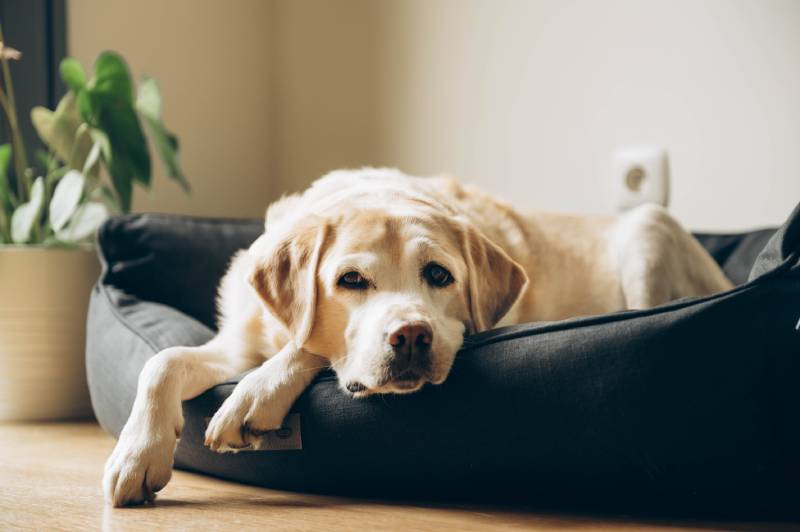
2. Understand House Training
House training might not be easy, but you do have some advantages. For example, your dog is already used to using the bathroom outside, which is a natural environment for them to go to the bathroom in.
For some dogs, the transition will not be difficult, permitting you to take them out frequently enough. Most outside dogs will prefer to continue to go to the bathroom outside. That’s not to say that they won’t mistake your carpet for their next great potty spot; this is all very new to them.
However, it might end up working out a lot better than you think. Just remember to keep a consistent schedule of taking them outside and keep body language in mind so that you know when they need to go potty.
Some dogs can also be trained to ring a bell on the door to let you know that they need to go outside.
3. Make Sure to Flea Treat
If your dog is coming in from the outside, you can bet they will have a flea or two! This will be one of the last things you want in your home. Fleas can be incredibly hard to treat, and even resistant to certain treatments.
Before you even bring the dog in, it’s time to buy a flea treatment of your choice to get rid of any initial fleas, permitting it to have the proper potency. Flea treatments can put an end to any live bugs on the animal and some can even end the life cycle of an egg.
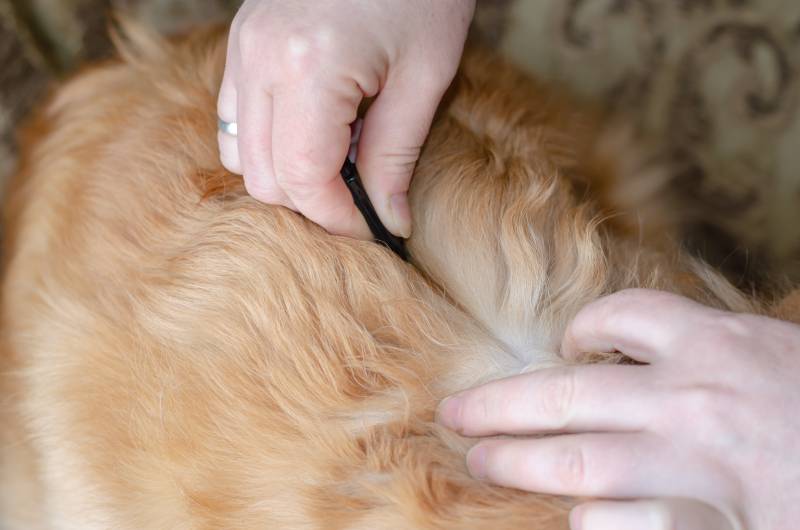
4. Opt for a Vet Visit
Your outside-to-inside dog will need to see the vet for a variety of reasons. If the dog is a stray that you’ve taken in from the street, a vet can look the dog over and perform any tests they think they might need as well as update them on their vaccinations.
Outside dogs could be carrying parasites, fleas, or ticks that you don’t want in your home, so vets can also administer parasite prevention or recommend a prevention that you can administer at home. These preventative measures can get rid of fleas, ticks, and intestinal parasites like hookworms and roundworms.
If you need to speak with a vet but can't get to one, head over to PangoVet. It's our online service where you can talk to a vet online and get the advice you need for your dog — all at an affordable price!

5. Groom Beforehand
You will want to give your dog a full body makeover. From head to toe, outside pups will need to be bathed, scrubbed, fluffed, dried, powdered, and filed before they are finished products. They have spent a long time out in the dirt and grime, and it’s time to get all of that out of their coat.
You can perform this at home or take them to the groomer for a professional grooming session. Even if you have a short-haired dog that won’t require daily brushing or extensive care, that first round will be best in the hands of a professional.
Giving your pet a bath can be a difficult task, but the first step is to choose a great shampoo. We love Hepper's Shampoo Products, both of which are natural, pet-safe options specially formulated to clean your pet's skin and coat without causing irritation. Both formulas are also free of things like dyes, soaps, sulfates, and phthalates. Your pet will enjoy the soothing aloe vera and oatmeal, and you'll love the clean, fresh scents! At Dogster, we’ve admired Hepper for many years, and decided to take a controlling ownership interest so that we could benefit from the outstanding products of this cool pet company!
Image
Product
Details
For Bathing

Hepper Oatmeal Pet Shampoo
Check Price
For In-Between Baths

Hepper No-Rinse Pet Shampoo
Check Price
6. Dog-Proof Your House
You may have gotten to skip the puppy stage with all the chewing, shredding, and destroying. An adult dog may or may not care for chewing on toys and other objects. But regardless of the dog’s temperament, it is important to completely dog-proof the house because there are still dangers that could be lurking.
Make sure to put trash in a separate room or in a container that can’t be opened by your dog.
Put up any potentially unsafe house, plants, chemicals, essential, oils, and anything else that might be deadly or troublesome to your pooch’s tummy. Also, make sure to put any caged animals or house cats away until the dog is better acclimated.
7. Buy Necessary Supplies
Before you bring the dog in, make a quick list of any supplies you might need. You might think of the obvious at first, like food, bowls, and leashes, but you also need grooming supplies, tools, training supplies, and more.
Granted, some of the latter supplies can wait until you see how much grooming and training the dog needs. But food and food bowls are non-negotiable.
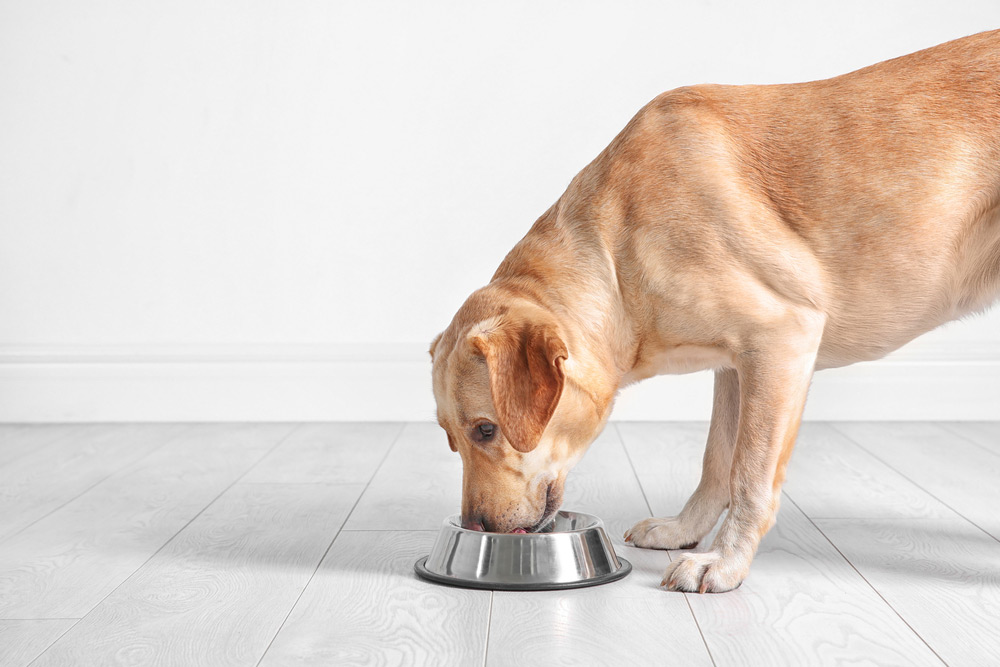
8. Prepare for the Unexpected
When you bring a dog into your home, you have to prepare for things you didn’t quite foresee. This can include unanticipated vet bills, property destruction, and a laundry list of other things.
Make a mental checklist of things that you could do in your home to better prepare for the dog’s arrival into your home so you can better navigate the situation.
9. Select a Training Method
You’re going to need to train this dog in more ways than one. Not only will they need to learn to potty outside only, but they will also need to learn the proper way to act in the home. Your dog will need to develop manners and understand when no means no.
Selecting an appropriate training method is crucial to the success of this new living situation. If you feel you need more experience to conquer this type of training, you can always seek the help of a professional.
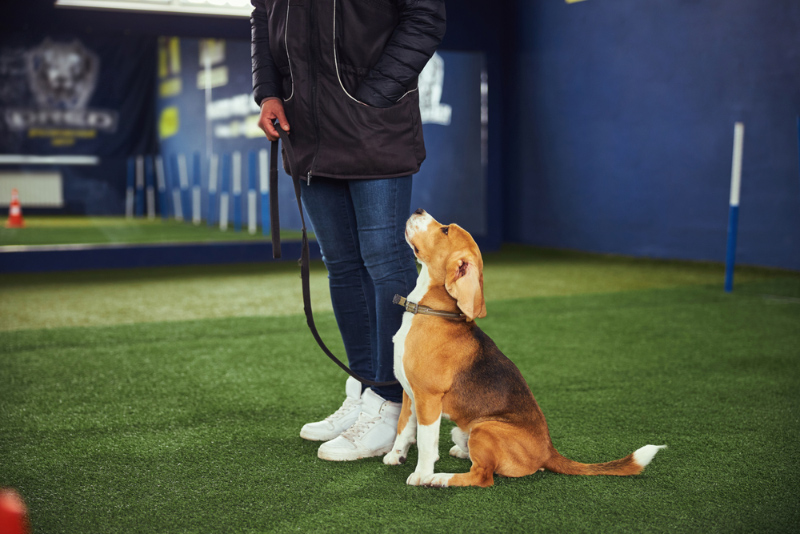
10. Be Patient
At the end of it all, always be patient. Remember that they are going to be learning many things for the first time. They will be adjusting in a whole new way. Eventually, everything’s going to be wonderful! But at first, everything might be rocky.
You both are going to learn new things and develop a new bond and relationship. Your patience, understanding, consistency, and affection will help them adjust easily.

Conclusion
Now, you can charge into the new adventure ahead with a happy heart. You now know that outside dogs can acclimate quite well to indoor living, permitting you to do everything correctly. There are a lot of bases to cover here and you should certainly do this slowly.
This will be a transition for everyone, including the dog. Keep in mind that long term, this is all going to work out beautifully. They’re going to love snuggling up next to you in bed instead of sitting outside in the cold and rain.
Featured Image Credit: Mae Mupe, Shutterstock
